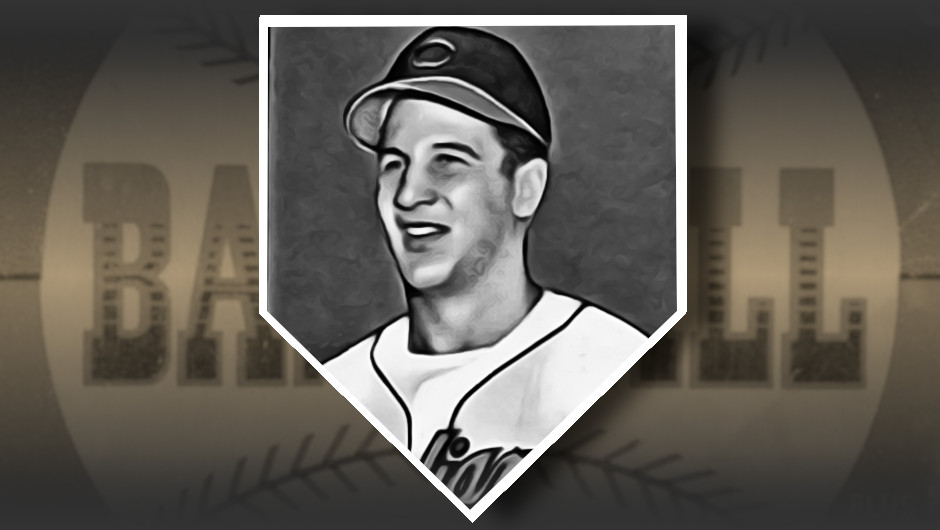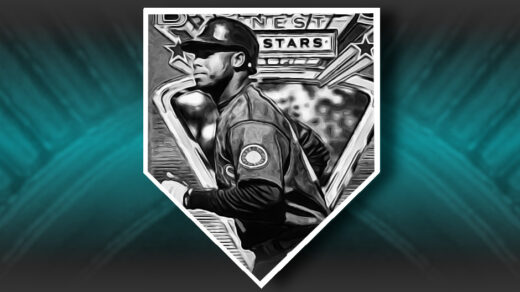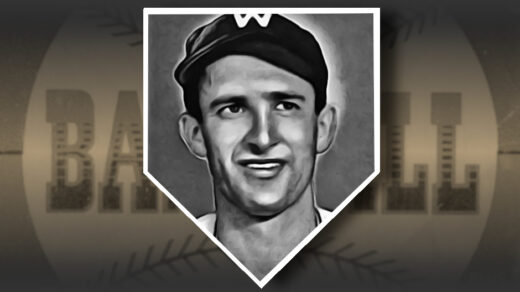When Topps set out to create a larger set of baseball cards than Bowman in 1952, the upstart gum company found itself scrambling to photograph players. As a result, the set features many athletes that found only fleeting time in the majors. One such player was Pirates infielder Monty Basgall, whose statistics reflect the kind of performance that marked many of these brief appearances.
Basgall was signed by the Brooklyn Dodgers in 1942 and managed to get in a month of minor league ball before being drawn into WWII. He returned in 1946 and spent several years climbing towards a regular spot at Ebbetts Field. Basgall’s route to the majors was blocked with the arrival of Jackie Robinson at second base, so the Dodgers traded him to the Pittsburgh Pirates. He would go on to play three partial seasons with Pittsburgh before returning to the minors for good in 1952.
Did he deserve a return trip to lower levels of baseball? Yes. While one can make an argument for continued playing time for almost any player, there is a fellow Pittsburgh infielder to which all eyes turn to measure offensive futility: Mario Mendoza. Mendoza debuted in the 1970s where he gained infamy for setting “The Mendoza Line,” a batting average of .200. Though their careers were separated by more than two decades, the amazing coincidence is Basgall and Mendoza recorded almost identical career offensive production. Both batted .215 and hit 4 career home runs.

This story does have a happy ending. Basgall’s playing career wouldn’t have been very noteworthy even if he had batted 30 points higher and knocked another half dozen home runs. His extensive baseball knowledge, however, turned out to be his greatest contribution. With hope of a major league return dimming in the mid-1950s, Basgall began to take on the roll of player manager for Pittsburgh’s minor league teams. Management prowess led to a return to the Dodgers organization, where he teamed up with Walter Alston and Tommy Lasorda to create a run of competitive Los Angeles teams throughout the 1970s and early 1980s. Basgall is credited with having the unique ability to take talented players and convert them to much more valuable infield positions. Dodger fans that watched Steve Garvey, Davey Lopes, Bill Russell, and Ted Sizemore can all look to him for making their team better.
Monty’s 1952 Topps Card
This is a unique card, partly because it is among the few rookie cards in history that show a player’s final lifetime stats on the back. Basgall previously appeared in a 1949 issue of sports themed stamps but had not appeared in a major trading card release until this point. He would later appear as a Dodgers coach in a handful of 1970s Topps cards.
Basgall hadn’t exactly lit the league on fire with his play in his pre-1952 stints with the Pirates, but similar performance didn’t stop Topps from signing other players for appearances in the set. The interesting thing about his appearance is that he appears on card #12. Throughout the 1950s Topps would arrange its checklist so that lower numbered cards represented stronger players than the rookies that typically filled out later issues. My theory is that Topps, which was based in Brooklyn, had an affinity for Dodgers players. Basgall had just been traded away from Brooklyn in December 1947 and would represent another Dodger for Topps’ set. The Brooklyn connection made him a bit more memorable within Topps’ local market.










